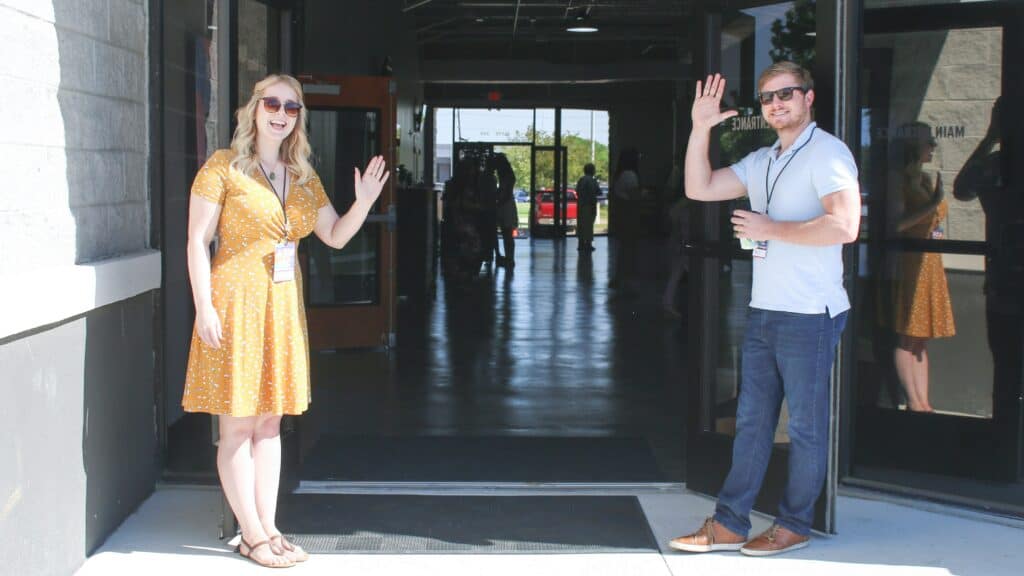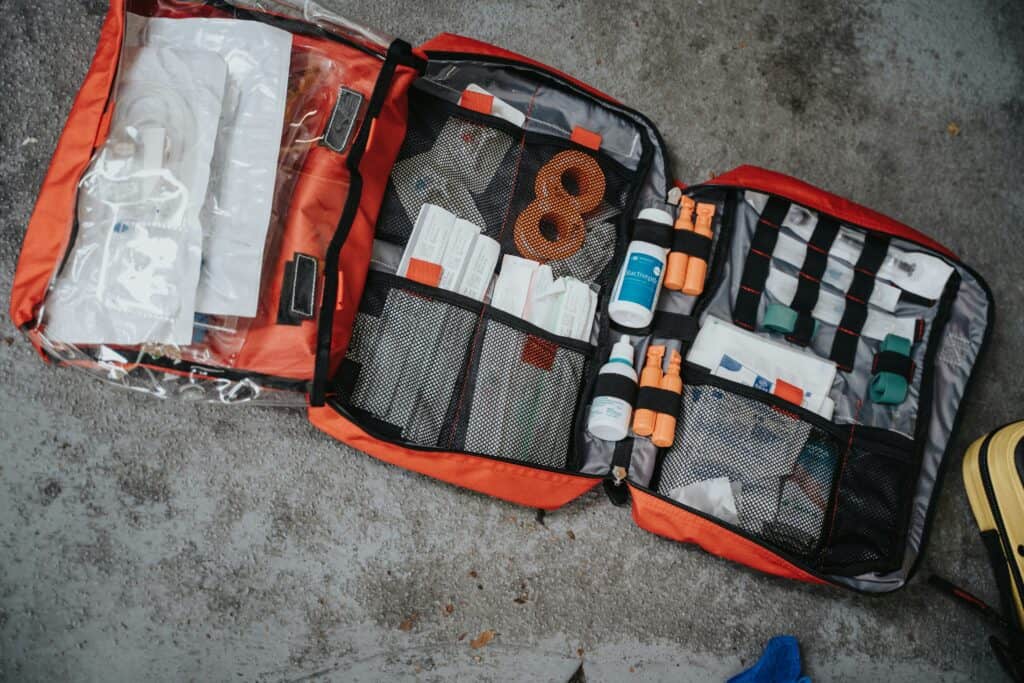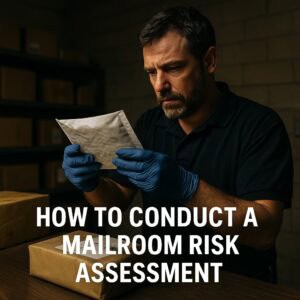Building a strong safety and security team in your church begins with recruiting dedicated volunteers.
These roles require individuals who are reliable, motivated, and committed to protecting the congregation.
To attract such volunteers, it’s important to use targeted outreach, set clear expectations, and leverage your church’s community effectively.
Here’s how to make it happen.
Why Volunteer Recruitment Matters for Church Safety Teams
Church safety and security teams play a vital role in creating a welcoming and safe environment. These teams contribute to:
- Protecting the congregation during services and events.
- Responding calmly and effectively to emergencies.
- Supporting a sense of peace and security within the church community.
Recruiting the right volunteers ensures your safety team is equipped to handle these responsibilities with care and professionalism.
1. Use Targeted Outreach Methods
Recruiting for a church safety team requires a focused approach to identify individuals who have the right temperament and skills.
General calls for volunteers may not yield the best results for such specialized roles.
Strategies for Targeted Outreach
- Identify Trusted Members: Look for individuals in the congregation who are dependable, observant, and have a heart for service.
- Engage in Personal Invitations: Approach potential volunteers directly. A personal ask often resonates more than a general announcement.
- Advertise Strategically: Use church bulletins, newsletters, or announcements during services to highlight the need for safety team volunteers.
Example: During Sunday service, the pastor shares a story about how the safety team contributes to the church’s mission and invites interested members to a meeting after the service.
2. Set Clear Roles and Expectations
Volunteers are more likely to commit when they understand what is expected of them.
Defining roles and responsibilities ensures that recruits can confidently say “yes” to the opportunity.
How to Define Roles
- Create Detailed Descriptions: Outline tasks like monitoring entrances, assisting with medical emergencies, or helping with evacuation plans.
- Communicate Time Commitments: Be clear about training sessions, service schedules, and other responsibilities.
- Show the Impact: Help volunteers see how their efforts protect and support the church family.
Example: A church distributes a handout during a volunteer meeting explaining safety team roles, including checking doors during services and being a point of contact for emergencies.
3. Leverage Church Networks
Your church community is one of the strongest assets in recruiting volunteers. Use social connections and communication channels to find individuals who are passionate about contributing.
Tips for Effective Networking
- Highlight Personal Stories: Share testimonials from current safety team members to inspire others. A short video or live testimony during service can be powerful.
- Involve Ministry Leaders: Encourage leaders of men’s, women’s, or youth ministries to recommend potential volunteers.
- Use Digital Platforms: Post about the safety team’s needs on the church website, social media, or in email newsletters.
Example: The church’s social media team posts a short video featuring the safety team leader explaining their mission and inviting others to join. The post includes a link to sign up for an information session.
Conclusion
Recruiting volunteers for church safety teams is about more than filling roles—it’s about building a team that embodies the mission of protecting and serving the congregation.
By using targeted outreach, setting clear expectations, and leveraging your church’s community, you can create a team dedicated to maintaining a safe and welcoming environment.
Need help organizing your church’s safety team? Contact us today for professional guidance on training, recruitment, and team management.








